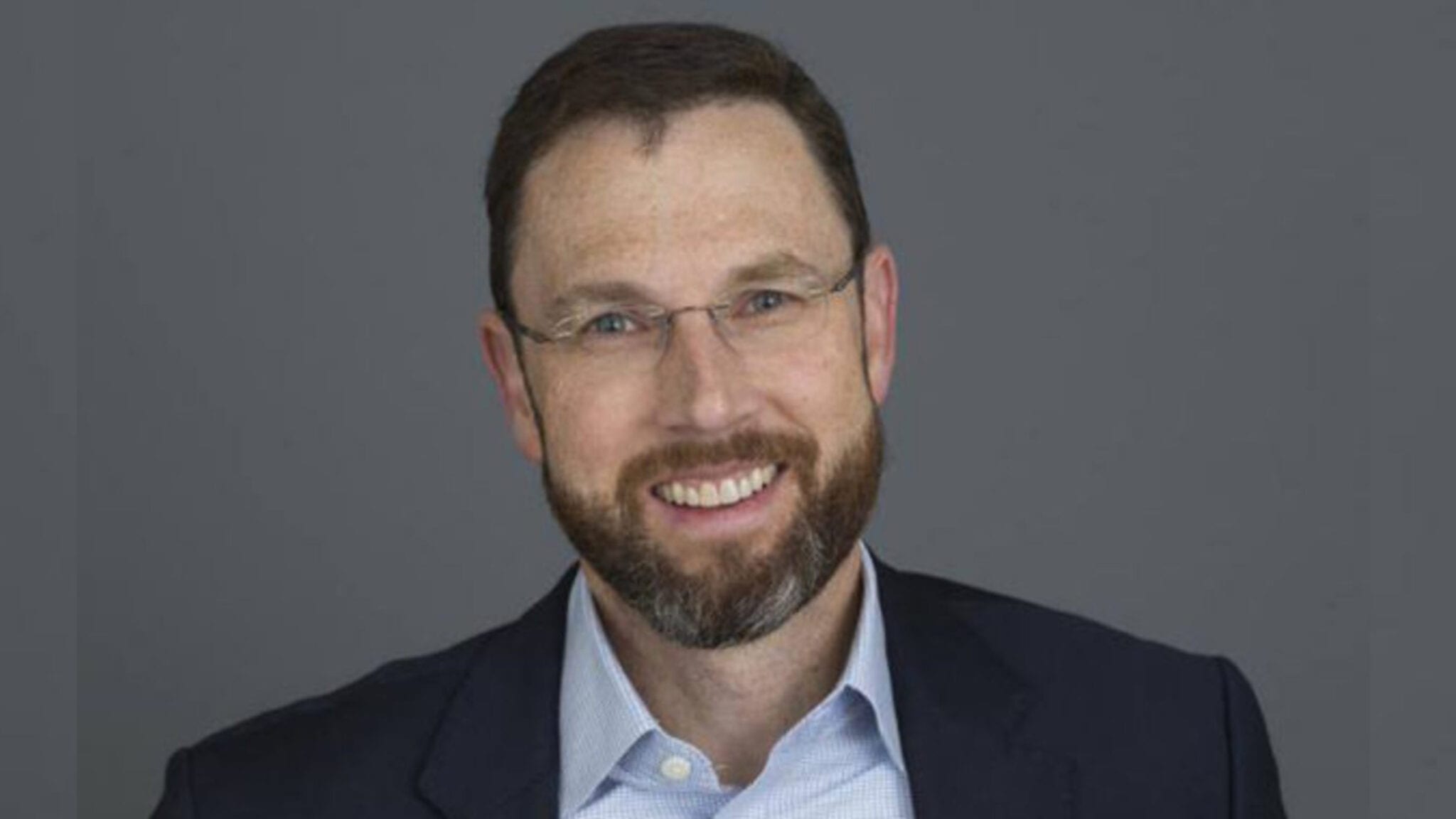
Todd Brady, Aldeyra CEO
Aldeyra shares spiral after a late-stage failure in dry eye disease — but that won't stop its pursuit of an NDA
Aldeyra Therapeutics’ shares tanked in premarket trading after the company admitted its dry eye candidate reproxalap missed the primary endpoint in a topline Phase III …
Sign up to read this article for free.
Get free access to a limited number of articles, plus choose newsletters to get straight to your inbox.